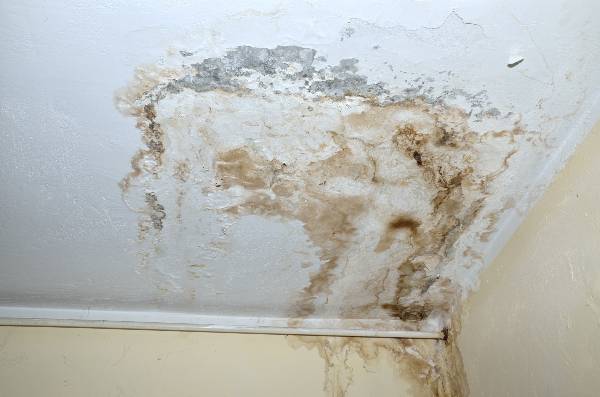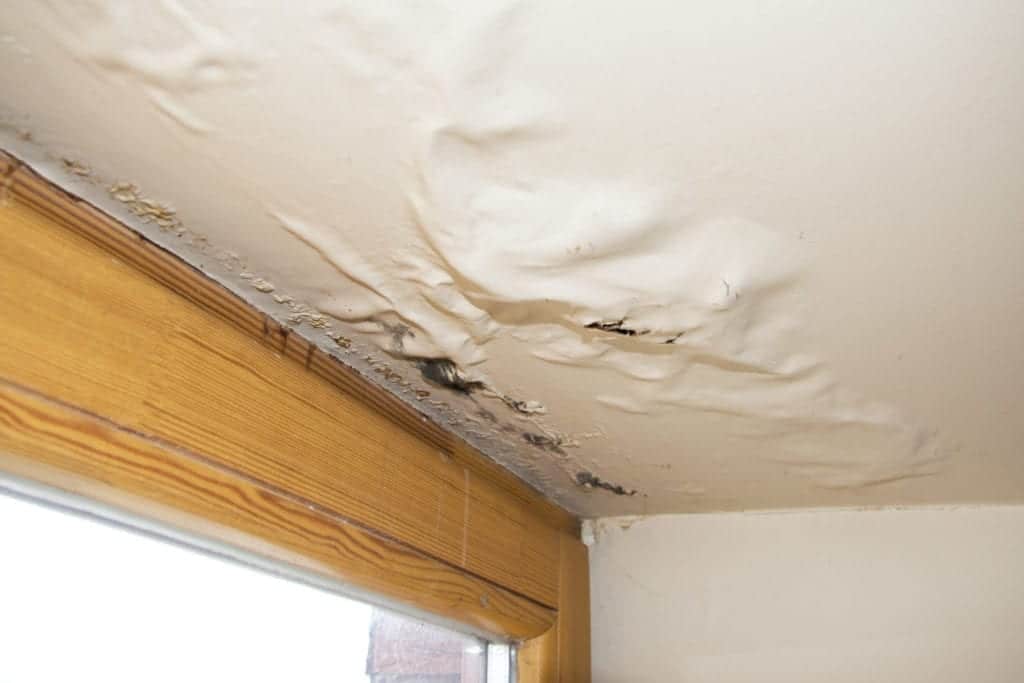6 Ways to Find Hidden Water Leaks in Your House
6 Ways to Find Hidden Water Leaks in Your House
Blog Article
The writer is making a number of great annotation on the subject of Detecting hidden plumbing leaks as a whole in this great article on the next paragraphs.

Early discovery of leaking water lines can minimize a possible disaster. Some tiny water leaks may not be noticeable.
1. Examine the Water Meter
Examining it is a guaranteed way that helps you find leakages. If it relocates, that shows a fast-moving leak. This suggests you may have a sluggish leakage that could even be underground.
2. Inspect Water Consumption
Examine your water expenses and track your water intake. As the one paying it, you ought to notice if there are any kind of inconsistencies. If you find sudden changes, despite your intake coinciding, it indicates that you have leaks in your plumbing system. Remember, your water costs must drop under the very same variety each month. A sudden spike in your expense indicates a fast-moving leakage.
A constant increase every month, also with the same practices, reveals you have a slow leakage that's also gradually rising. Call a plumber to completely examine your building, particularly if you really feel a warm location on your floor with piping underneath.
3. Do a Food Coloring Examination
When it concerns water intake, 30% originates from bathrooms. Test to see if they are running effectively. Decrease specks of food color in the tank and wait 10 mins. There's a leak in between the tank and bowl if the shade in some way infiltrates your dish during that time without flushing.
4. Asses Outside Lines
Do not fail to remember to inspect your outside water lines also. Must water seep out of the link, you have a loose rubber gasket. One little leakage can lose tons of water as well as surge your water expense.
5. Check and also Assess the Scenario
House owners need to make it a routine to examine under the sink counters as well as even inside cabinets for any bad odor or mold and mildew development. These 2 warnings suggest a leakage so prompt focus is needed. Doing regular examinations, also bi-annually, can save you from a major problem.
If you recognize your house is currently old, keep a careful eye on your heating systems, hoses, pipelines and so on. Check for discolorations and also damaging as many devices and also pipes have a life expectancy. They will also naturally degrade as a result of tear and also wear. Don't wait for it to rise if you believe leaking water lines in your plumbing system. Call an expert plumber right now so you do not wind up with a horrible mess in your home.
Early detection of dripping water lines can minimize a potential catastrophe. Some little water leaks may not be visible. Examining it is a guaranteed way that assists you find leaks. One little leak can squander heaps of water as well as spike your water bill.
If you believe dripping water lines in your plumbing system, don't wait for it to intensify.
How to Know If Your Home Has a Hidden Leak
Water Meter Reveals Inexplicable Water Usage
If you’d like to test whether or not there’s a leak somewhere in your home, you can do this using your water meter. Here is how to conduct the test:
Don’t use any water in your home for at least 30 minutes; this also means not turning on faucets or water-using appliances.
Go outside, and check your water meter for activity.
If your water meter shows that there was activity, even though no one was using any water, this proves that there is a leak in your home.Visible Mold or Mildew Growth
Leaks behind walls create moist, dark environments that allow mold and mildew to grow and thrive. Eventually, you might see mold growth forming on the wall closest to a hidden leak.
If mold is growing in an area that receives a high amount of moisture, such as a bathroom, it may simply be an indication that better ventilation is needed. However, if you see mold growth on a wall or the ceiling in an area where you would not expect, you probably have a hidden leak.
Musty, Mildew Odor
Sometimes you might not be able to see the mold or mildew that is growing as a result of a leak. However, the smell can give the problem away just as easily. If you catch a whiff of something musty, there’s a good chance that old water is collecting somewhere in your home that you can’t see.
Stained/Warped Walls, Ceilings, or Floors
When your home soaks up water, a variety of red flags can become visible, including ceiling stains, bubbling drywall, warped walls, and sagging floors. While these issues can be caused by excess humidity, they can also be signs that a pipe or plumbing connection has started leaking behind your walls.
Inexplicably High Water Bill
After a while, you get a general sense for what your water bill should be. If you own a pool or sprinkler system, your bill will tend to be higher during summer. However, if you receive a water bill that seems especially high, and you can’t figure out what caused it, then you may have a hidden leak somewhere that’s increasing your bill.
https://www.plumbingjoint.com/blog/2019/july/how-to-know-if-your-home-has-a-hidden-leak/

I came across that post on Hacks to detect leaks while browsing on the search engines. Sharing is nice. You won't know, you may very well be doing someone a favor. Thanks for your time. Visit again soon.
Report this page